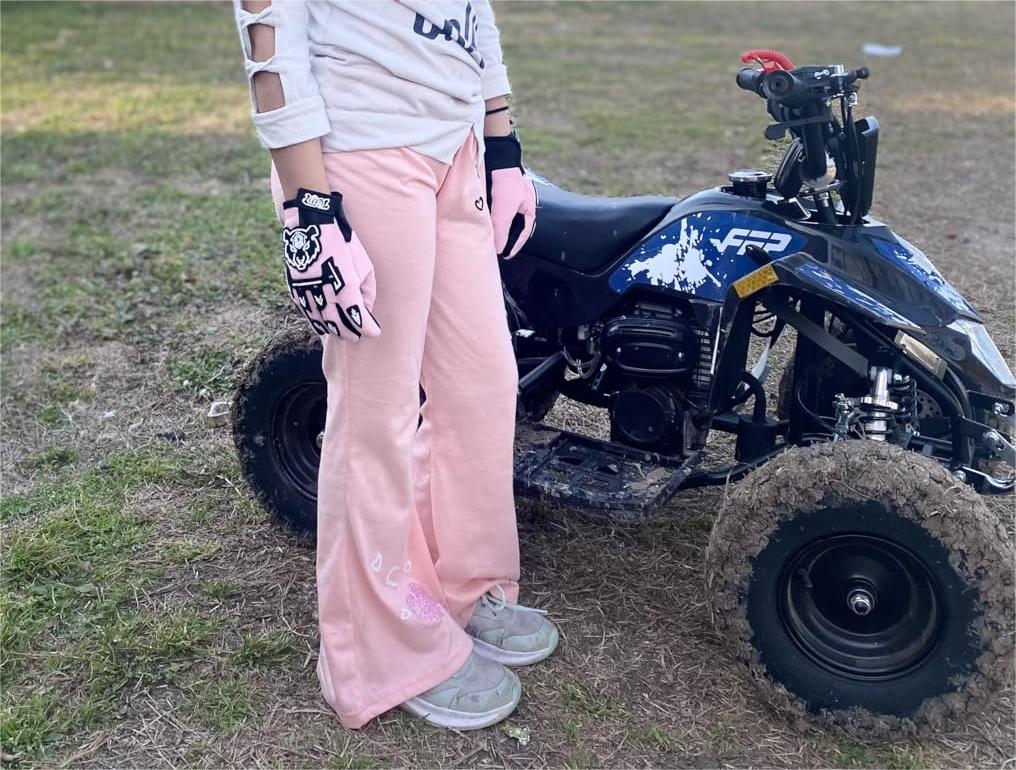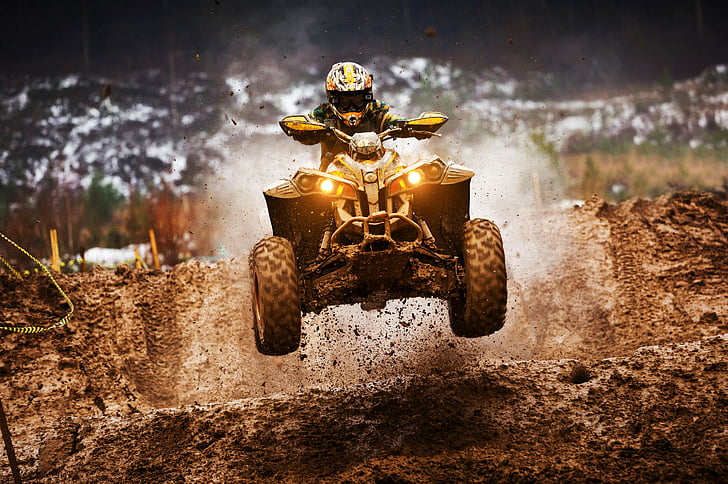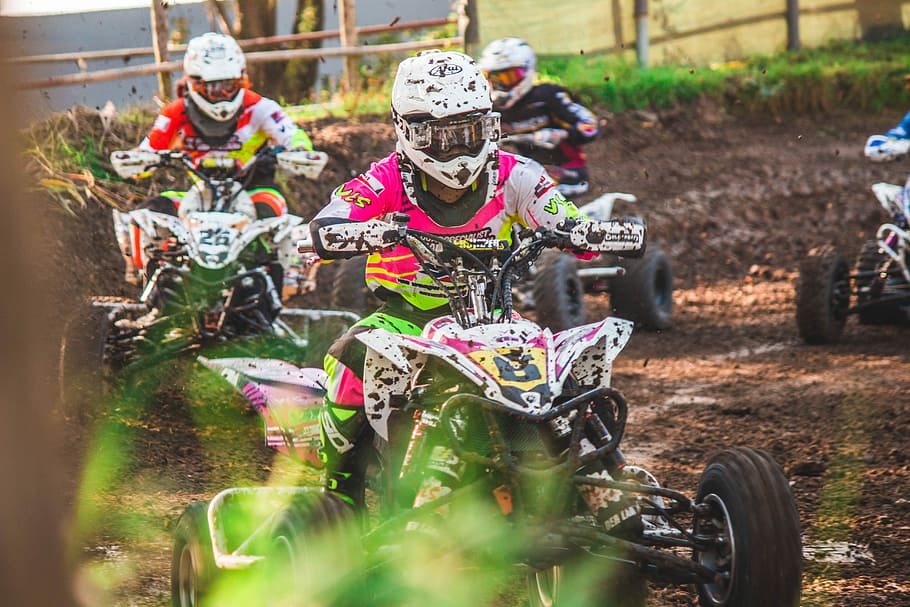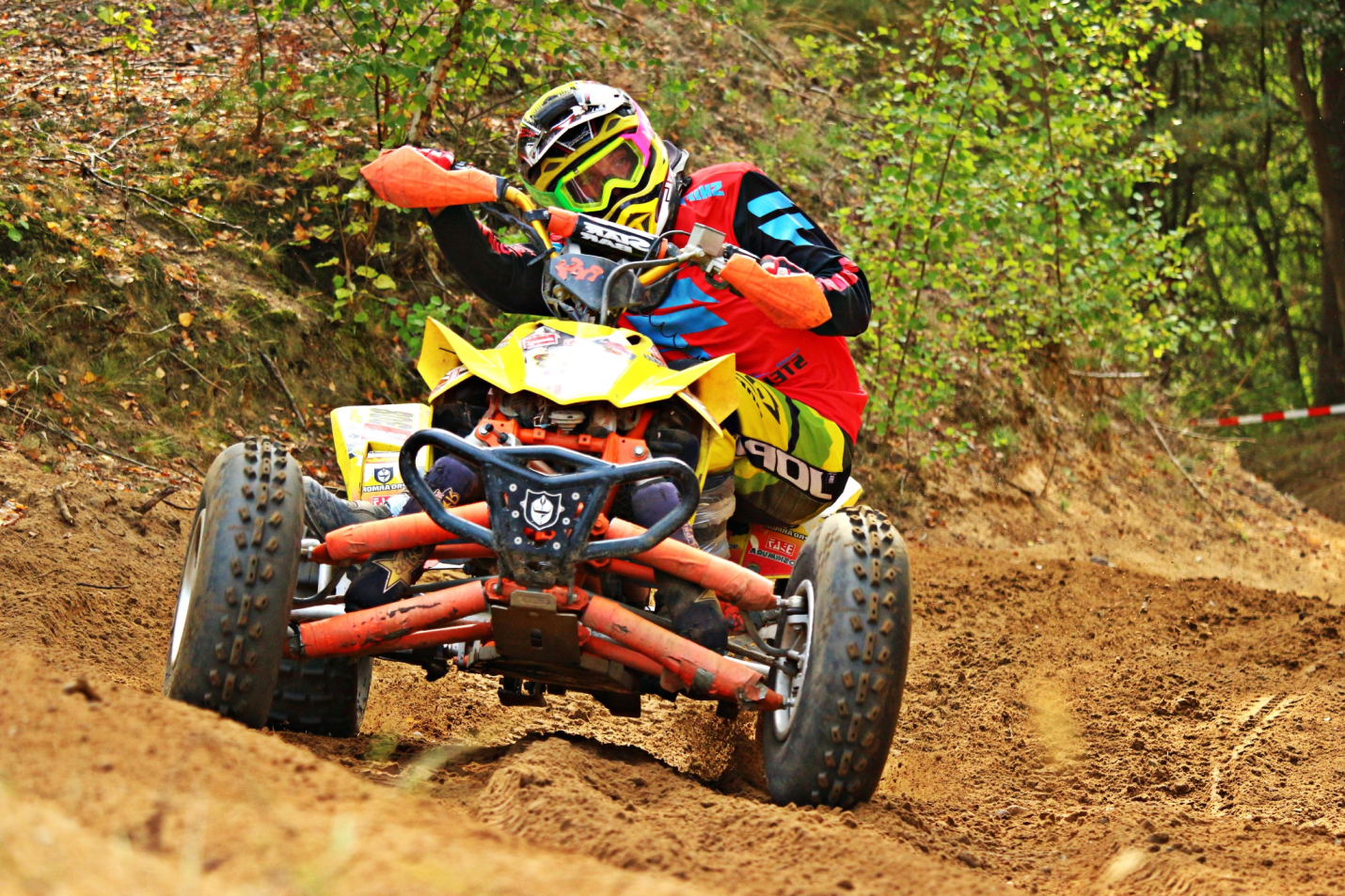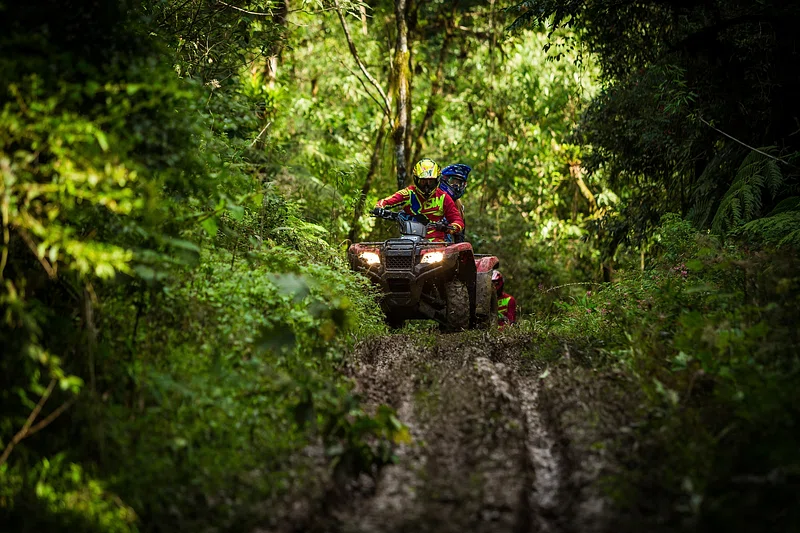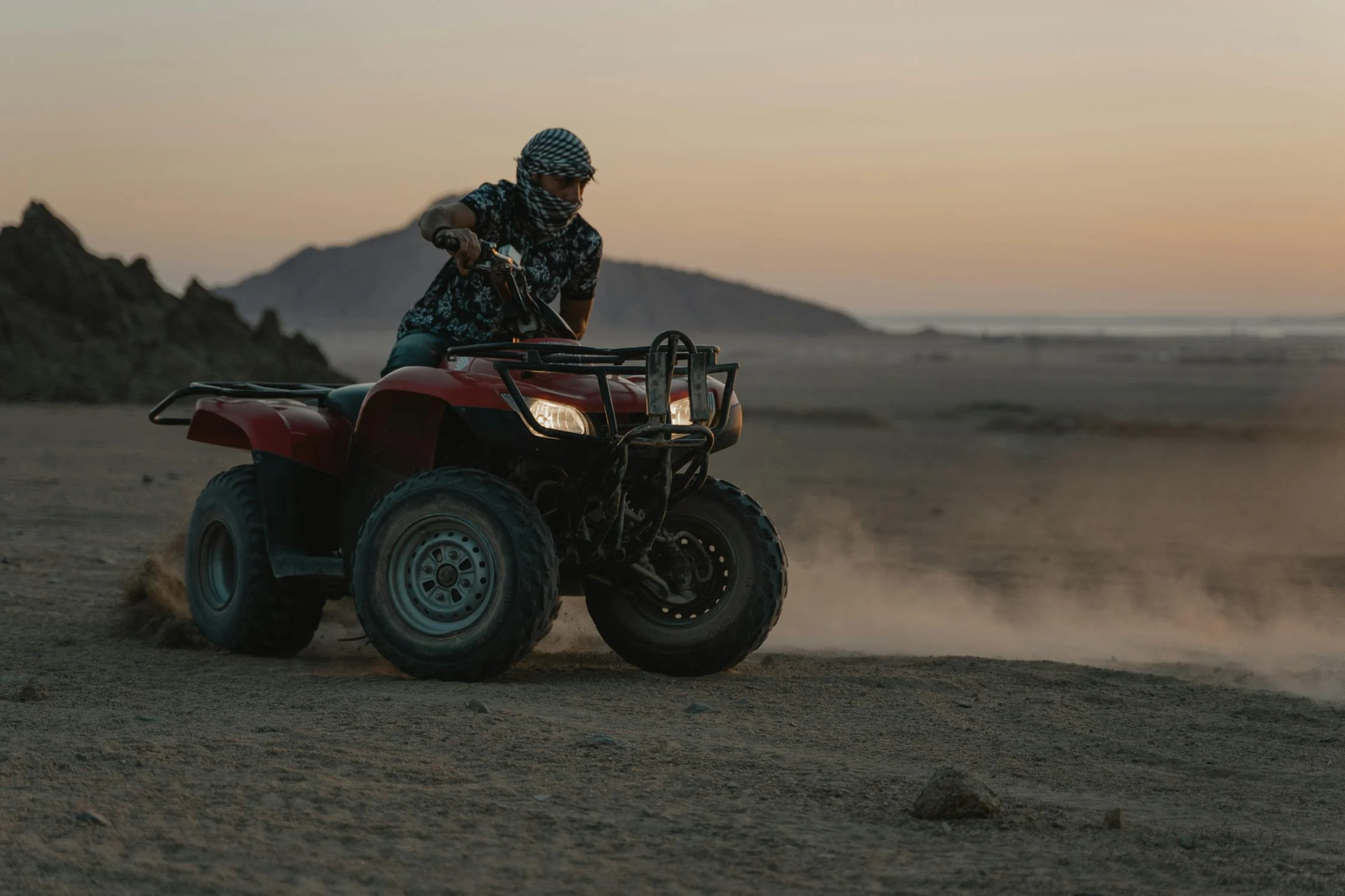What's the right age for your child to start riding ATVs? That’s the big question every parent asks.
ATVs are becoming popular among kids, especially with outdoor-loving families. But choosing the right age is more than just about fun. It’s about safety, development, and readiness.
That’s where the Sahara 40 comes in. This model is made for kids aged 8 to 14. It blends safety, fun, and reliability in one solid package.
This complete age guide will help you understand when your child is ready. Let’s make your child’s ATV journey safe, exciting, and right for their age.

Understanding Age Requirements for Kids ATVs
Legal Age Considerations Across Different Regions
Every state has its own ATV laws. Some require kids to be at least 10 to ride on public land, while others allow younger children with adult supervision. Private property rules are more relaxed, but safety rules still apply.
In most areas, children under 16 must wear helmets and be supervised. Some states also require safety certificates for kids riding an ATV.
Physical and Developmental Readiness Factors
Not every child develops at the same pace. Good motor skills help with steering and throttle control. Physical strength matters too, especially for turning and handling bumps.
Cognitive skills are key for following rules and making decisions. Emotional maturity helps kids stay calm and focused while riding.
Age-Appropriate ATV Categories
● 6-8 year olds: Great for learning basics like throttle and braking. Use limited power models.
● 8-10 year olds: Can handle beginner models like the gas ATV for kids with safe speeds.
● 10-12 year olds: Ready for intermediate ATVs. More speed, but still age-friendly.
● 12-14 year olds: Can ride advanced beginner models like the 4 wheeler for kids 8-14 gas.
The Sahara 40: Perfect for Ages 8-14
Engine Size and Power Appropriate for Young Riders
The Sahara 40 has a 40cc 4-stroke engine. It’s not too powerful for kids, but it’s not weak either. It can reach speeds up to 18 mph. That’s enough to feel fun but still safe.
With a 1-gallon tank, kids get up to 30 miles per ride. That’s perfect for backyard tracks or short trail rides.
Safety Features Designed for Young Riders
It includes front collision protection and an emergency shut-off switch. These are must-haves for any beginner. Reflective safety strips help others spot your child easily.
The dual suspension system smooths out rough rides. That means fewer jolts and more comfort.
Physical Specifications That Match Young Riders
At 81.6 pounds, it’s easy for kids to control but stable enough not to tip. It holds up to 160 pounds, so it grows with your child.
The tires are 12.6 inches with thick treads for better grip. Best of all, it comes 85% assembled, so parents won’t have to spend hours putting it together.
Age-Specific ATV Readiness Assessment
6-8 Year Olds: Introduction and Preparation
Kids in this age range are just starting. Look for signs of balance, focus, and interest. They should be able to sit upright and reach the controls.
Always supervise closely. Teach basic safety like stopping, steering, and staying in safe zones.
8-10 Year Olds: Beginner ATV Experience
At this age, coordination improves. Kids understand rules and respond better to instructions.
They begin to ride independently but still need supervision. A gas ATV for kids ages 6-12 works well here.
10-12 Year Olds: Intermediate Skill Development
Now they can handle faster rides and tougher paths. They can take responsibility for their ATV’s care.
You can supervise from a distance. Teach them to react to unexpected obstacles.
12-14 Year Olds: Advanced Beginner Preparation
Older kids can manage larger ATVs. They follow safety rules with little help. Teach them how to inspect their ATV before riding.
Let them ride in controlled spaces to build confidence. They’re almost ready for adult models.

Safety Considerations by Age Group
Essential Safety Gear for Different Ages
All kids need a helmet. It must fit snug and stay secure. Choose safety clothing that allows movement.
Add gloves, boots, and elbow pads. Younger kids may need more gear depending on their skill level.
Supervision Requirements by Age
● 6-8 years: Always supervise directly.
● 8-10 years: Watch closely but allow a bit of space.
● 10-12 years: Stay nearby but let them take the lead.
● 12-14 years: Check-in from a distance if the area is safe.
Training Progression for Different Age Groups
Younger riders learn braking and turning. Middle age groups practice obstacle riding. Older kids learn advanced moves and safety checks.
Always match the training to your child’s mental and physical development.
Choosing the Right ATV for Your Child’s Age
Engine Size Considerations by Age
A 40cc 4 wheeler is ideal for 8-14 year olds. It offers just enough power without risk. Speed limiters can keep things in check.
The weight capacity of 160 pounds ensures your child won’t outgrow it too fast.
Physical Size and Ergonomics
Look for seat height that fits your child’s leg length. Controls should be easy to reach.
Lightweight designs like the Sahara 40 make handling easier. Adjustable parts are great for growing kids.
Safety Features That Matter for Each Age
A kill switch and impact protection up front are essential. Lights and reflective strips improve visibility, and wide tires offer more balance on uneven paths.
Training and Skill Development by Age
Age-Appropriate Training Programs
● 6-8 years: Teach throttle control, safe zones, and braking.
● 8-10 years: Add obstacle skills and trail etiquette.
● 10-12 years: Introduce terrain changes and speed management.
● 12-14 years: Teach maintenance and pre-ride safety checks.
Skill Progression Guidelines
Start with flat surfaces, then move to trails and hills. Teach what to do if the ATV stalls or tips. Gradually increase the difficulty as skills grow.
Parental Involvement in Training
Stay engaged. Give praise when they ride safely. Set clear boundaries. Help them learn how to check tire pressure or fuel level.
If needed, sign up for a local ATV safety course. One example is ATV Safety Institute.
Legal and Insurance Considerations
Age-Related Legal Requirements
Many states prohibit children under 10 from riding ATVs on public land, but others allow it with supervision. Always check local laws before buying.Some areas require youth safety certificates. Supervision rules also depend on your child’s age, especially when riding a 4 wheeler for kids 8-14 gas model, which may come with additional regulations.
Insurance Considerations for Kids ATVs
Get ATV insurance that includes medical and liability coverage. Look for policies that cover gas ATVs for kids.Also consider theft and damage protection. These extras help if the ATV is lost or damaged.
Property and Location Considerations
Check where riding is allowed. Some neighborhoods may restrict ATV use. Riding on private land is often the safest. Respect local noise rules and protect the environment.
Making the Sahara 40 Your Child’s First ATV
Why the Sahara 40 is Perfect for Age-Appropriate Riding
It meets all safety standards. The gas ATV for kids ages 6-12 has the right power, weight, and speed.
It’s designed for growth. Your child won’t outgrow it within a year.
Long-Term Investment in Your Child's Development
It helps kids develop coordination, focus, and responsibility. The durable build means fewer repairs, and the parts are easy to find.
This makes it great for long-term use and resale later. Learn more at FRP.
Taking the Next Step: Getting Started
Choose a safe space for the first ride. Check with your child before the ride, and adjust the throttle if needed.
Go slow at first. Let your child get comfortable. Celebrate small wins. Teach safety as a life skill.
Conclusion
The Sahara 40 is the perfect fit for kids at the right age. Before buying, consider physical readiness, emotional maturity, and legal rules.
Make age-appropriate choices for a fun and safe experience. Your child’s ATV journey can be exciting, safe, and unforgettable with the right setup.

